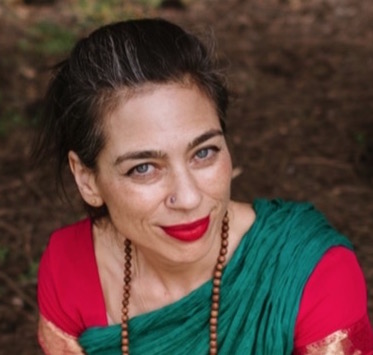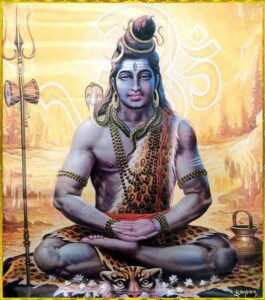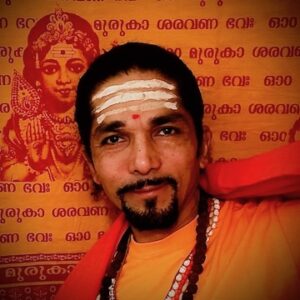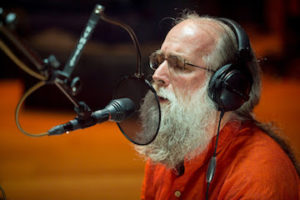Kirtan Fundraiser for India Relief
$10, $20, $54, $108 sliding scale donation | Please register in advance, a Zoom link and passcode will be provided via confirmation email
100% of the proceeds from this event go to India Covid relief.
We are sending your donations, in full, to two relief organizations. Please click these links to learn more.
Indiasposa and GiveIndia
Please join us for call and response chanting and meditation.
No music experience is necessary.
As a group we are inspired by the sacred sounds and love to sing in the key of “WE”. We share what is known as KIRTAN, a call and response of sacred sounds and mantras. It is the relationship to these mantras that illuminates our heart and awakens our consciousness. It is not important that you can sing or that you understand the words. KIRTAN is an experience. It is a practice to release you out of the thinking mind and drop you gently into the heart. MAN means mind and TRA is instrument. So it is through these sacred sounds we are able to conduct the instrument of the mind.
Together we create this sacred union with healing intentions for the whole of the world.
 Since 2012, Astrud has been leading her band the Cosmic Caravan locally, nationally and internationally. It is with faith in the power of sound, vibration and the Bhakti Yoga tradition that she has committed herself to uplift the spirit, awaken the heart and deepen relationships to oneself and others. She passionately guides communities in the ancient art of Kirtan – singing the names of the divine through call-and-response chanting.
Since 2012, Astrud has been leading her band the Cosmic Caravan locally, nationally and internationally. It is with faith in the power of sound, vibration and the Bhakti Yoga tradition that she has committed herself to uplift the spirit, awaken the heart and deepen relationships to oneself and others. She passionately guides communities in the ancient art of Kirtan – singing the names of the divine through call-and-response chanting.
Astrud shows up to sing wherever she is called with a desire to lead people closer to their hearts and their truest essence – LOVE – the heart of Bhakti Yoga. She leads Kirtans at yoga studios and festivals, in addition to teaching Bhakti Yoga workshops and teacher trainings.
The practice of constant surrender is what has transformed her and inspires her the most. Astrud’s chanting is rooted in Kirtan’s traditional style of simple devotional repetition, while including her own original arrangements. She calls on her own voice to express authentically and inspires all who join her to sing in the key of “WE”.
She has opened for Jai Uttal, as well as sung with Prema Hara, the Kirtaniyas, Radiance Kirtan, and Keith Borden.





